I. Introduction
Oil spills are environmental disasters that occur when crude oil or refined petroleum products are released into the environment, typically into bodies of water such as oceans, rivers, or lakes. Understanding the causes of oil spills is crucial in preventing and mitigating their devastating effects on ecosystems, wildlife, and human communities. This comprehensive exploration will delve into both natural and human-related factors that contribute to oil spills, highlighting their historical context, environmental impact, and preventative measures.
II. Historical Context
A. Notable oil spills throughout history
Oil spills have plagued the environment for centuries, leaving a trail of destruction and devastation. From the infamous Exxon Valdez disaster in 1989 to the more recent Deepwater Horizon catastrophe in 2010, numerous incidents have captured global attention and highlighted the urgent need for effective prevention and response strategies.
B. Lessons learned from past incidents
Each oil spill provides valuable lessons for improving safety protocols, regulatory frameworks, and emergency response procedures. Analyzing past incidents helps identify common causes, vulnerabilities in infrastructure, and areas for improvement, paving the way for more robust preventative measures in the future.
C. Introduction of regulations and preventative measures
In response to the environmental and economic toll of oil spills, governments and international organizations have implemented regulations and preventative measures aimed at reducing the risk of future incidents. These include stricter safety standards for oil transportation, improved spill response capabilities, and the development of technologies to detect and contain spills more effectively.
III. Natural Causes of Oil Spills
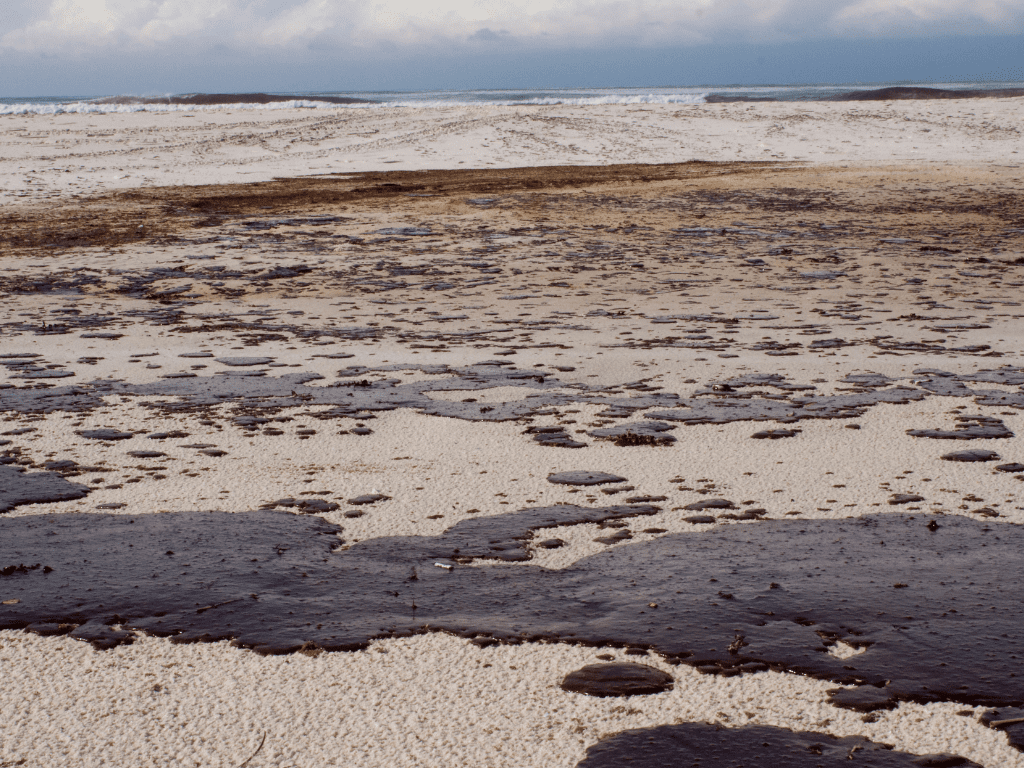
A. Seismic activity (earthquakes)
Earthquakes can rupture pipelines, damage oil storage facilities, and disrupt offshore drilling operations, leading to oil spills. The intense shaking and ground movement associated with seismic events pose significant risks to oil infrastructure, particularly in earthquake-prone regions.
B. Hurricanes and storms
Powerful storms and hurricanes can wreak havoc on offshore oil platforms, causing structural damage, equipment failure, and oil releases. The high winds, storm surges, and torrential rainfall associated with these weather events increase the likelihood of spills and complicate cleanup efforts.
C. Erosion and coastal processes
Coastal erosion and natural erosion processes can undermine pipelines, storage tanks, and other oil infrastructure located near shorelines, resulting in leaks and spills. The gradual wearing away of coastline also exposes previously buried pipelines and increases their susceptibility to damage.
D. Volcanic eruptions
Volcanic eruptions can trigger oil spills by disrupting oil storage facilities, pipelines, and refineries located in volcanic regions. Lava flows, ash fall, and seismic activity associated with eruptions can cause infrastructure damage and release large quantities of oil into the environment.
Understanding these natural causes of oil spills is essential for implementing proactive measures to minimize their impact and enhance resilience against environmental hazards.
IV. Human-Related Causes of Oil Spills
Human activities play a significant role in the occurrence of oil spills, with various industries and practices contributing to these environmental disasters.
A. Transportation
Transportation of oil via tankers and pipelines presents numerous risks, leading to spills that can have devastating consequences for ecosystems and communities.
- Tanker accidents: Tanker vessels, responsible for transporting large quantities of oil across oceans and waterways, are susceptible to accidents such as collisions, groundings, and structural failures. These incidents can result in the release of massive amounts of oil into marine environments, causing widespread pollution and ecological damage.
- Pipeline leaks and ruptures: Pipelines are essential for the transportation of oil from extraction sites to refineries and distribution centers. However, aging infrastructure, inadequate maintenance, and external factors such as corrosion and ground movements can lead to leaks and ruptures, releasing oil into surrounding land and water bodies.
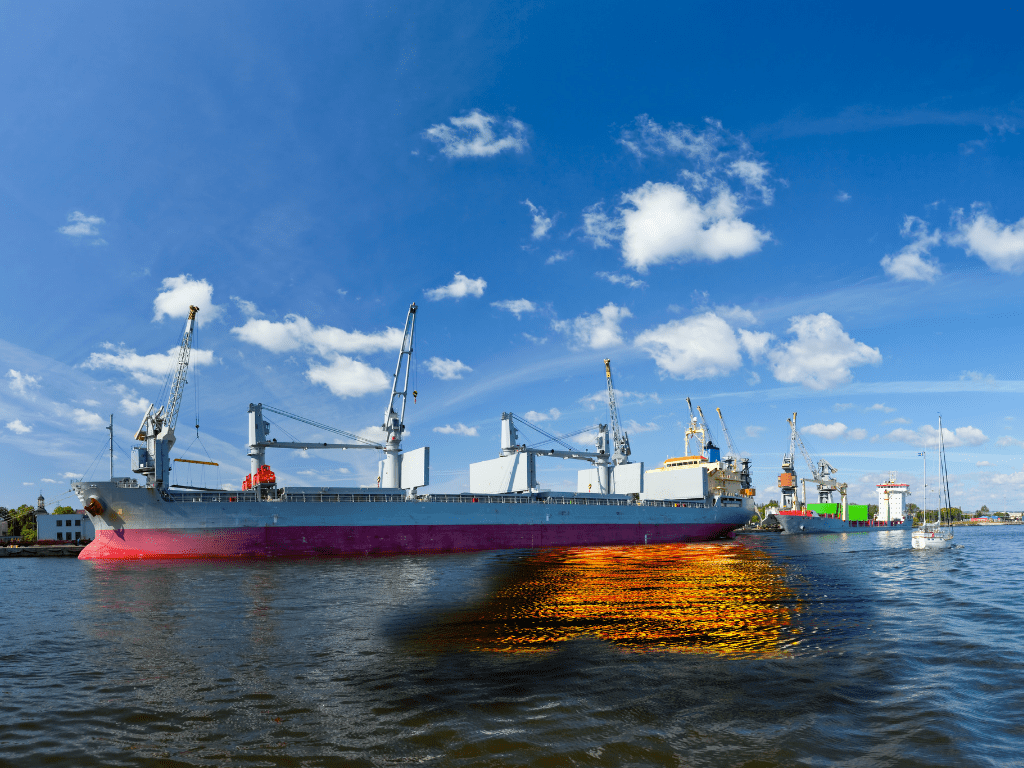
B. Offshore drilling
Offshore drilling operations pose significant environmental risks, with the potential for catastrophic oil spills resulting from operational failures and accidents.
- Blowouts and wellhead failures: Offshore oil rigs are vulnerable to blowouts, sudden and uncontrolled releases of oil and gas from wells. Wellhead failures, caused by equipment malfunctions or human error, can lead to the uncontrolled flow of oil into the ocean, endangering marine life and coastal habitats.
- Equipment malfunction: The complex machinery and equipment used in offshore drilling operations are prone to malfunctions and failures, increasing the likelihood of oil spills. Technical faults, inadequate maintenance, and human error can all contribute to equipment failures that result in the release of oil into the marine environment.
C. Onshore facilities
Onshore oil facilities, including refineries, storage tanks, and loading terminals, are vulnerable to spills due to operational errors, infrastructure failures, and accidents.
- Refineries and storage tanks: Refineries play a crucial role in processing crude oil into various petroleum products. However, leaks, overflows, and equipment failures at refineries and storage tanks can lead to the release of oil and hazardous chemicals into nearby soil and waterways, posing serious environmental and health risks.
- Loading and unloading operations: The loading and unloading of oil onto ships and tankers involve complex processes that can result in spills if proper safety measures are not followed. Accidental releases during these operations can contaminate water bodies and coastal areas, causing ecological harm and economic losses.
D. Illegal activities
Illegal activities related to the oil industry, including theft, sabotage, and illicit dumping, pose additional threats to the environment and contribute to oil spills.
- Oil theft and sabotage: Criminal activities such as oil theft from pipelines and sabotage of oil infrastructure can lead to spills and environmental damage. Unauthorized tampering with pipelines or facilities can result in leaks and ruptures, endangering ecosystems and communities located nearby.
- Deliberate dumping of waste oil: Improper disposal of waste oil by individuals or companies can result in the deliberate dumping of oil into water bodies or onto land, leading to pollution and contamination. Illicit practices aimed at avoiding proper waste management procedures contribute to oil spills and environmental degradation.
V. Environmental Impact of Oil Spills
Oil spills have profound and often long-lasting environmental consequences, affecting ecosystems, wildlife, and human populations in various ways.
A. Immediate effects
Oil spills immediately impact water bodies and coastal areas, causing widespread contamination and harm to marine life.
- Contamination of water bodies: Oil spreads rapidly upon release, forming slicks on the water surface that can extend for miles. These slicks not only smother marine organisms and seabirds but also contaminate water supplies, affecting ecosystems and communities that depend on clean water.
- Harm to marine and coastal ecosystems: Oil spills disrupt marine ecosystems by coating plants and animals with toxic substances, impeding their ability to feed, breathe, and reproduce. Coastal habitats such as mangroves, salt marshes, and coral reefs are particularly vulnerable to oil pollution, leading to declines in biodiversity and ecosystem health.
B. Long-term effects
The effects of oil spills can persist for years or even decades, with long-term impacts on ecosystem functioning and species viability.
- Bioaccumulation in food chains: Oil contaminants accumulate in the tissues of marine organisms, leading to bioaccumulation as predators consume contaminated prey. This biomagnification of toxins up the food chain can result in elevated levels of pollutants in apex predators, posing risks to human health through seafood consumption.
- Persistence of oil in sediments and habitats: Oil can persist in sediments and habitats long after a spill has occurred, posing ongoing risks to wildlife and ecosystems. The toxic effects of oil can linger for years, inhibiting the recovery of affected areas and impairing the resilience of ecosystems to future disturbances.
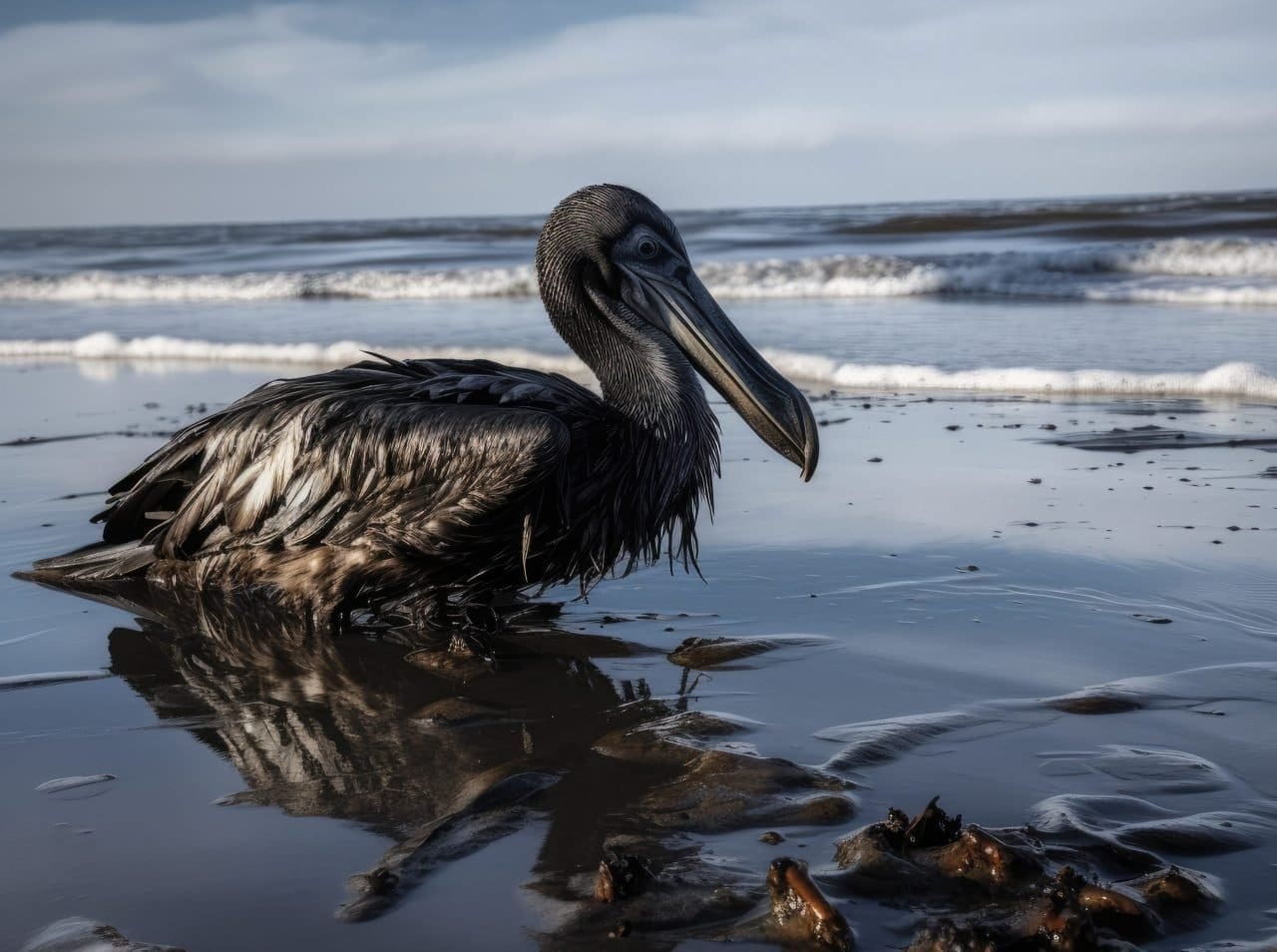
VI. Economic Impact of Oil Spills
Oil spills have far-reaching economic consequences, affecting various sectors and industries, and imposing significant financial burdens on governments, businesses, and communities.
A. Cost of cleanup and restoration efforts
The cleanup and restoration efforts following an oil spill entail substantial expenses, including the deployment of personnel, equipment, and resources to contain, recover, and dispose of spilled oil. These costs can escalate rapidly, depending on the size and severity of the spill, the complexity of the affected environment, and the duration of cleanup operations.
B. Losses to fisheries and tourism industries
Oil spills can devastate fisheries and tourism industries, causing declines in fish stocks, closures of fishing grounds, and contamination of coastal habitats. The loss of income and livelihoods for fishermen, tour operators, and coastal communities can be profound, leading to economic hardship and long-term socio-economic impacts.
C. Legal liabilities and compensation claims
Oil spills often result in legal liabilities and compensation claims against responsible parties, including oil companies, shipping companies, and government agencies. Lawsuits and settlements arising from environmental damage, economic losses, and harm to individuals and communities can amount to billions of dollars, further exacerbating the financial toll of spills.
D. Damage to property and infrastructure
Oil spills can cause extensive damage to property and infrastructure, including coastal facilities, waterfront developments, and public infrastructure such as ports, harbors, and pipelines. The costs associated with repairing and rebuilding damaged infrastructure, as well as addressing long-term environmental impacts, add to the economic burden of spills.
VII. Sociopolitical Factors Contributing to Oil Spills
Various sociopolitical factors influence the occurrence and management of oil spills, shaping regulatory frameworks, industry practices, public perceptions, and international cooperation efforts.
A. Regulatory framework and enforcement
The effectiveness of regulations governing oil exploration, production, transportation, and spill response plays a crucial role in preventing and mitigating oil spills. Robust regulatory frameworks, coupled with stringent enforcement mechanisms, are essential for holding industry actors accountable and minimizing environmental risks.
B. Industry practices and corporate responsibility
The oil industry’s adherence to best practices, safety standards, and corporate responsibility principles significantly influences the likelihood of oil spills. Investments in technology, training, and risk management strategies can enhance operational safety and reduce the incidence of spills, while transparent reporting and accountability mechanisms foster trust and confidence among stakeholders.
C. Public awareness and activism
Public awareness and activism play a vital role in raising awareness about the environmental and social impacts of oil spills, advocating for stricter regulations, and holding governments and corporations accountable for their actions. Citizen-led initiatives, grassroots movements, and public pressure can drive positive change and promote greater transparency and accountability in the oil industry.
D. International cooperation and response mechanisms
Oil spills transcend national boundaries, requiring coordinated efforts and cooperation among countries, international organizations, and industry stakeholders. Multilateral agreements, joint response protocols, and information-sharing mechanisms facilitate collaborative responses to spills, enabling timely and effective interventions to minimize environmental damage and economic losses.
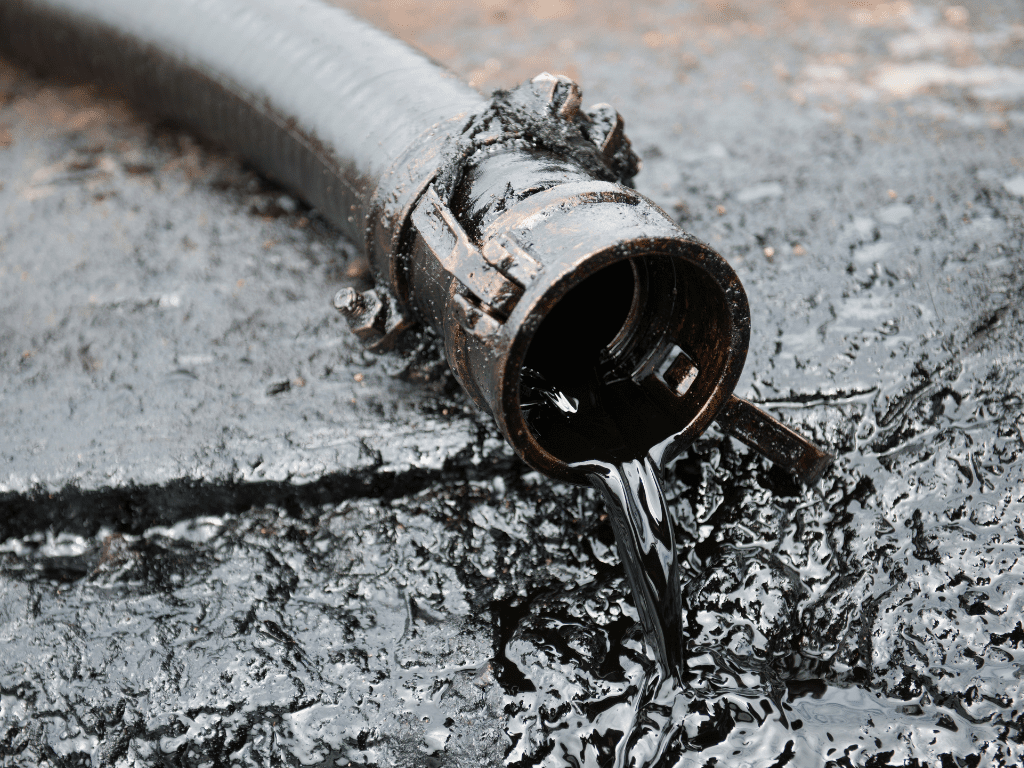
VIII. Prevention and Mitigation Strategies
Addressing the root causes of oil spills and implementing proactive measures are essential for reducing the risk of spills and minimizing their impact on the environment and society.
A. Technology advancements
- Oil spill detection and monitoring systems: Advancements in sensor technology, satellite imagery, and real-time monitoring enable early detection of oil spills, allowing for rapid response and containment efforts.
- Remote sensing and predictive modeling: Remote sensing techniques and predictive modeling tools help assess spill trajectories, identify vulnerable areas, and optimize resource allocation for spill response and cleanup operations.
B. Improved regulations and standards
- Mandatory safety protocols for transportation and drilling: Strengthening regulations governing oil transportation, offshore drilling, and onshore facilities reduces the likelihood of spills by imposing stringent safety standards, inspection requirements, and risk management procedures.
- Environmental impact assessments and contingency planning: Integrating environmental impact assessments into project planning and requiring comprehensive spill response plans enhances preparedness and responsiveness to potential spills, minimizing their environmental and socio-economic consequences.
C. Industry best practices
- Training and certification programs for personnel: Investing in training programs and certifications for industry personnel improves operational safety, emergency preparedness, and spill response capabilities, fostering a culture of safety and environmental stewardship.
- Adoption of safer technologies and materials: Embracing innovative technologies and materials that reduce the risk of spills, such as double-hulled tankers, leak detection systems, and corrosion-resistant pipelines, enhances the resilience of oil infrastructure and minimizes environmental risks.
D. Community engagement and stakeholder collaboration
- Early warning systems and emergency response drills: Establishing early warning systems, conducting regular emergency response drills, and engaging local communities in spill prevention and preparedness efforts build resilience and capacity at the grassroots level.
- Public education campaigns on pollution prevention: Raising public awareness about the importance of pollution prevention, waste management practices, and sustainable consumption behaviors fosters a culture of environmental responsibility and encourages individual and collective action to protect natural resources.
E. Innovative Products
Introduction of AquaQuick in Oil Spill Solutions:
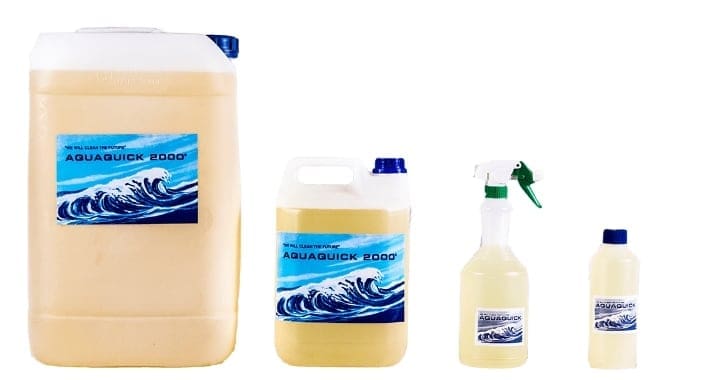
AquaQuick, a revolutionary oil spill cleanup product, offers a sustainable and efficient solution for mitigating the environmental impact of oil spills. Leveraging its unique properties and advanced technology, AquaQuick enhances the effectiveness of traditional cleanup methods and provides a cost-effective and environmentally friendly alternative for spill response and remediation efforts.
a. Description and features of AquaQuick: AquaQuick is a biodegradable and non-toxic oil spill absorbent that rapidly encapsulates and immobilizes oil upon contact, preventing its spread and facilitating easy removal.
b. Mechanisms of action in oil spill cleanup: AquaQuick’s proprietary formula binds with oil molecules, forming a stable gel-like substance that can be easily skimmed or collected from the water surface, leaving behind clean water.
c. Comparison with traditional cleanup methods: Compared to traditional cleanup methods such as booms, skimmers, and dispersants, AquaQuick offers several advantages, including faster cleanup times, higher oil recovery rates, and minimal environmental impact.
d. Potential integration into existing spill response protocols: AquaQuick’s versatility and compatibility with existing spill response protocols make it a valuable addition to emergency response toolkits, enabling rapid and effective containment and cleanup of oil spills with minimal disruption to ecosystems and communities.
IX. Case Studies
Examining past oil spill incidents provides valuable insights into causes of oil spills, their impacts, and response strategies, informing future prevention and mitigation efforts.
A. Exxon Valdez oil spill (1989)
The Exxon Valdez oil spill, one of the largest in US history, occurred when the Exxon Valdez oil tanker ran aground on Bligh Reef in Alaska’s Prince William Sound, releasing over 11 million gallons of crude oil into the pristine waters. The spill devastated local ecosystems, killed thousands of seabirds and marine mammals, and had long-lasting ecological and economic impacts on the region.
B. Deepwater Horizon oil spill (2010)
The Deepwater Horizon oil spill, also known as the BP oil spill, occurred when the Deepwater Horizon offshore drilling rig experienced a blowout and explosion in the Gulf of Mexico, releasing an estimated 4.9 million barrels of oil over 87 days. The spill caused extensive environmental damage, including harm to marine life, coastal habitats, and fishing industries, and highlighted the risks associated with deepwater drilling operations.
C. Taylor oil spill (2004)
The Taylor oil spill, an ongoing environmental disaster, began in 2004 when Hurricane Ivan toppled an oil platform in the Gulf of Mexico, causing a wellhead to rupture and release oil into the ocean. Despite efforts to contain the spill, oil continues to seep from the damaged well, making it one of the longest-running oil spills in US history and posing significant challenges for cleanup and remediation.
D. Santa Barbara oil spill (1969)
The Santa Barbara oil spill, a pivotal event in the history of environmental activism, occurred when a blowout at an offshore drilling platform released thousands of barrels of crude oil into the Santa Barbara Channel, coating miles of coastline with oil. The spill sparked public outrage and led to the establishment of environmental regulations and protections, galvanizing the modern environmental movement.
X. Future Perspectives
As we look to the future, addressing the challenges and risks associated with the causes of oil spills requires a concerted effort to innovate, collaborate, and prioritize environmental stewardship.
A. Emerging challenges and risks
Emerging challenges such as climate change, increased maritime traffic, and expanding oil exploration in remote and sensitive ecosystems present new risks for oil spills, requiring proactive measures and adaptive strategies to mitigate their impacts.
B. Opportunities for innovation and sustainable practices
Advancements in technology, materials science, and environmental monitoring offer opportunities for innovation and the development of sustainable practices that minimize the risk of oil spills and enhance the effectiveness of response and remediation efforts.
C. Role of research and development in addressing oil spill threats
Investments in research and development are essential for understanding the complex dynamics of oil spills, developing new technologies and methodologies for spill response and remediation, and improving our ability to predict and mitigate future spills.
D. Importance of continued vigilance and preparedness
Maintaining vigilance and preparedness in the face of evolving threats is paramount, requiring ongoing coordination, training, and investment in spill response capabilities to ensure timely and effective interventions in the event of an oil spill.
XI. Conclusion
Oil spills pose significant environmental, economic, and social challenges, with far-reaching impacts on ecosystems, communities, and economies. By learning from past incidents, embracing innovation, and fostering collaboration, we can work towards a future where the causes of oil spills are minimized, and the resilience of our oceans and coastal environments is strengthened. Only through continued vigilance, responsible stewardship, and a commitment to sustainable practices can we protect our planet and safeguard its natural resources for future generations.














